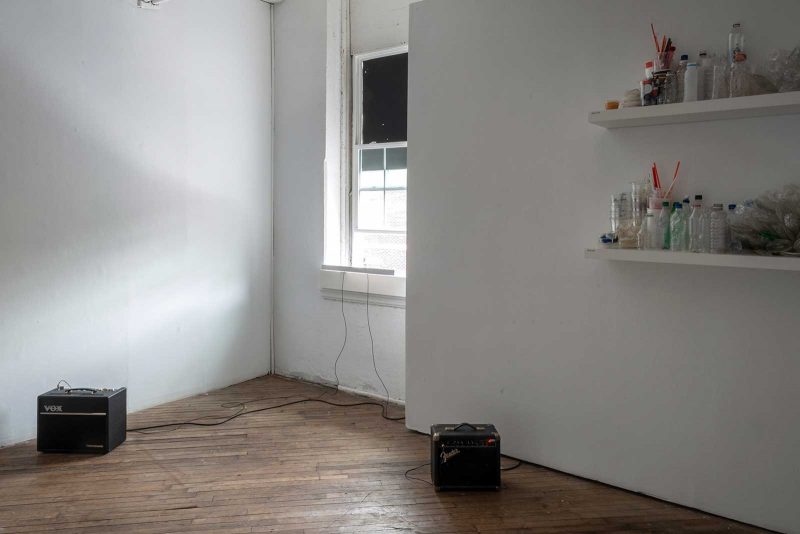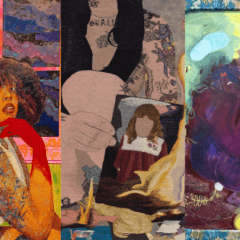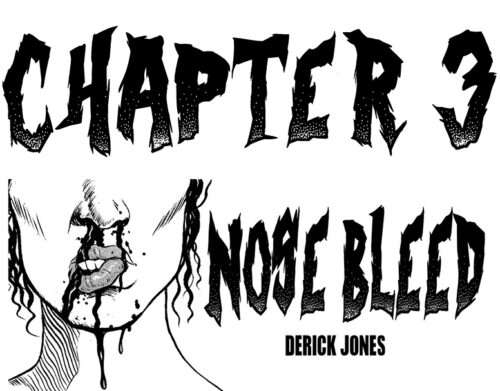[Ed. Note: This essay and the conversations that sparked it took place prior to the events surrounding the death of George Floyd. Read part one, “Caril Chasens, Wooden nymphs and manifestos from ‘way the hell up the road‘” ]
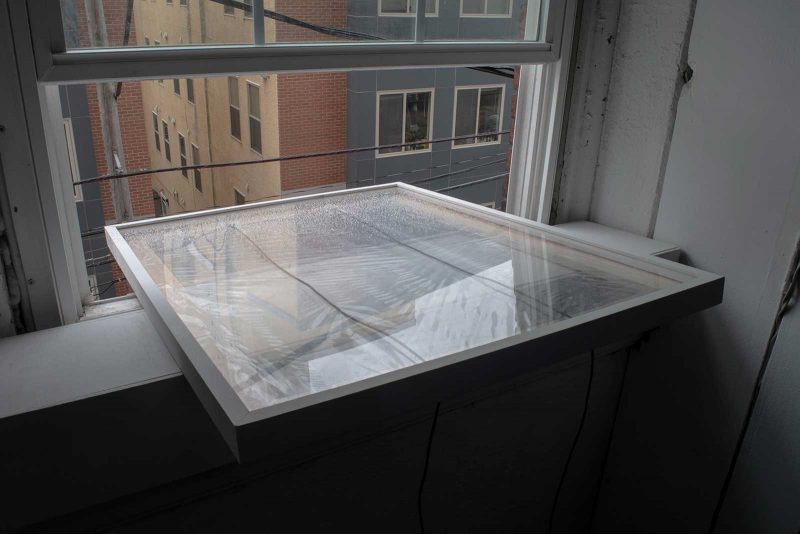
I first became aware of the work of Maddie Hewitt in the fall of 2019 at her show “Turning to Nurture,” held at the Philly staple, Vox Populi (though Maddie was also the 2017-2018 Artblog Content Manager). While the exhibition was full of objects like plastic bottles and projected video works, what most struck me was an invisible part of the show: the sound piece, Amplified Frame. In this piece, Hewitt had amplified the sound of a pane of plastic stuck out the gallery window, so that whenever a raindrop hit or there was some other disturbance on the pane’s surface, the sound would echo through the gallery. It was subtle, but persistent. I found it to be an elegant meditation on water, and an effective use of sound installation – which can so often be overblown or too invisible. In speaking about the work on the phone, Maddie told me that “it was precarious and tense, and caused a bit of a sense of anxiety, mimicking the experience of thinking about the environment today.” It was only natural, then, that when I began exploring Caril Chasens’s elemental wood work, and her deep connection with nature, that Maddie would come as a natural, local, pairing.
Like Chasens, Hewitt uses her work to explore a relationship to nature. However, Maddie is more interested in a societal bend, rather than a personal interrogation. Collectivism, and the interconnectedness of humans and environmental systems drives her investigation. “Nature inspires me!” Hewitt excitedly explains, “things like annual migration patterns of animals, pollination, bottom feeders, mating seasons, trees breaking through concrete with growth.” Maddie wants to communicate how central nature and landscape are to all of us, and chooses to do so through exploring the universal need for water. Her show at Vox explored what it would be like if people were to lose access to part of our environment – as has happened to migratory birds. With the onset of the COVID19 pandemic, this has come to pass, and Maddie’s consideration of togetherness is particularly timely:
As human activity and industry continue to be at a standstill, I find comfort seeing the natural world continuing to follow course and actually thrive with less of our usual activity. It feels like a reclaiming of space for them and a relinquishment of control for us… We are seeing and understanding the magnitude of which we are connected on a global scale. Before this happened, water was the clearest example for me of how interconnected we are.
Hewitt’s background is in sculpture, though she now primarily works in video. Video not only embodies the ephemerality of nature that she finds so inspiring, but is also a sustainable artmaking option.
Working with video and audio installation was more of a decision to reduce the amount of waste I produce in an effort to live and work with low impact. For a while I was really drawn to using material and technique, and now the anxiety I feel over the potential waste such practices produce is rather paralyzing… Now I am becoming more invested in the documentation of the world through video and audio footage, which I then manipulate through computer software. This for me is a less harmful way of expressing the travesties of the Climate Crisis caused by humans.
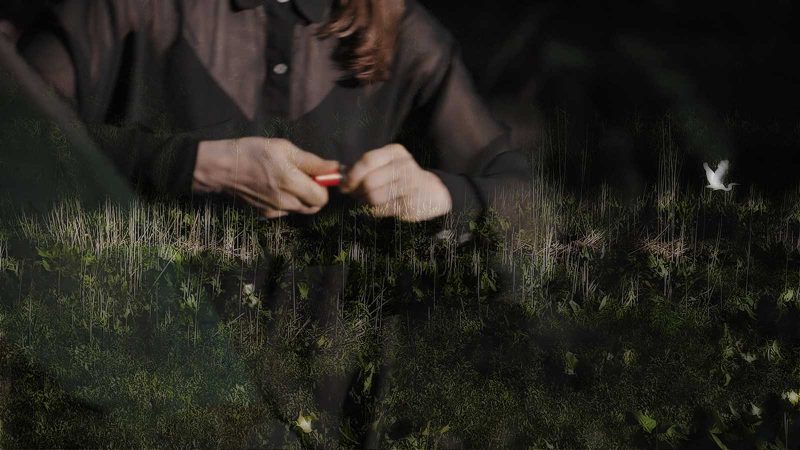
In recent years, the art world has seen how such media have become difficult to preserve and play: how do you best preserve old film? Do you play it or transfer it to digital? What are the implications of now showing film in its original format? These are questions of art conversation, though they can easily be applied to nature as well: how do you best keep water sources clean? What are our responsibilities to our environment? Can we transfer to cleaner energy sources to preserve habitats? Maddie sees her choice to work with audio and video as an extra layer to her subject matter. In 20 years this material may no longer be playable, mimicking the way that water runs, or the way that the landscape changes.
Like the delicacy of Caril Chasens’s wood carving, speed and intentionality are prevalent topics when thinking about Maddie. At Vox, the recovered detritus in the gallery; the changing images projected on the wall of things like decay and pollution; and the deep timber of “drip, pitter, drip” made for a gallery out of time. There was a sense of urgency, but not of time passing quickly – rather like quicksand. This tension of holding space for activism while still creating a sense of welcome is the mark of a deft hand, and is a very intentional choice across Hewitt’s work:
I believe lulling people into a meditative state or an alternative frame of mind allows more space for us to take in difficult information. Discussing the human impact on our environment is an incredibly sensitive subject for a multitude of reasons, one of which is because I notice these conversations tend to situate around blame, eliciting quick reactions like defensiveness and anger. The truth is nearly all of us are to blame in one way or another. At this point, it’s more about accepting the reality of our situation and making a choice to alter course.
At this moment, we all have an opportunity to take stock and assess how we want the world to look when we all emerge from isolation. What habits do we want to maintain, what do we want to alter? In defining a post-COVID world, accessibility, environmentalism, and community should all be key points in the conversion. I, for one, look forward to experiencing how Maddie, Caril, and other artists will use this experience as a launching point for new investigation and creation.
Read part one, “Caril Chasens, Wooden nymphs and manifestos from ‘way the hell up the road‘”
